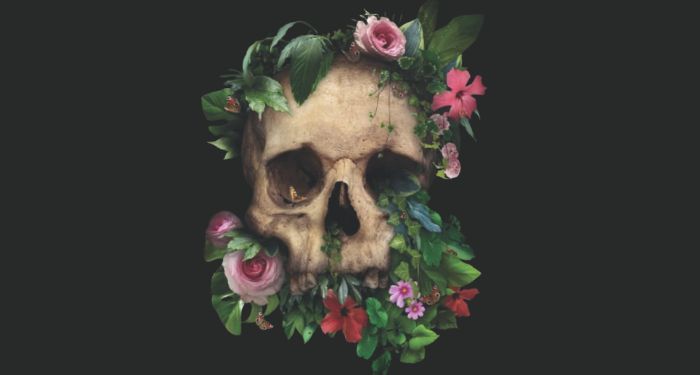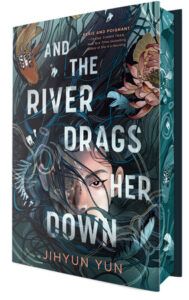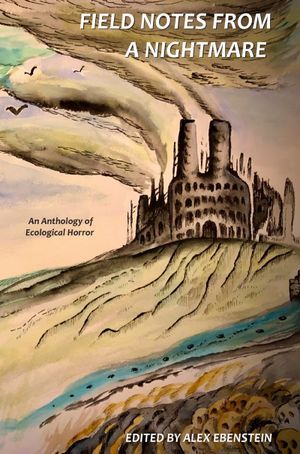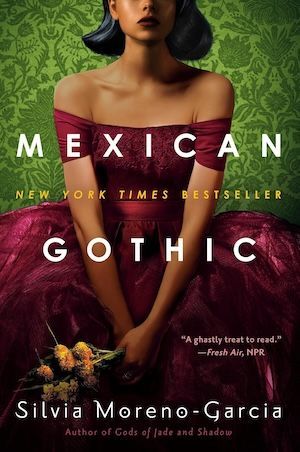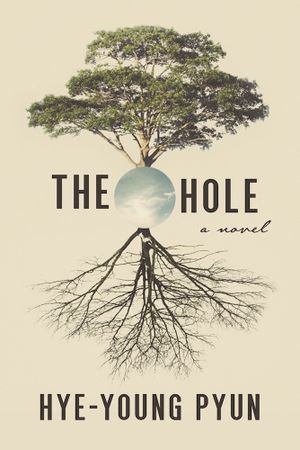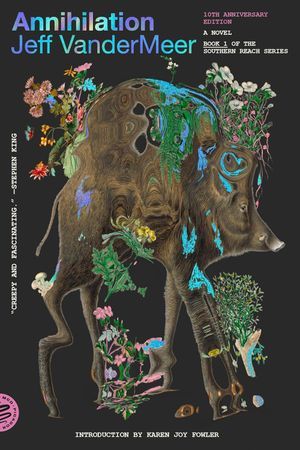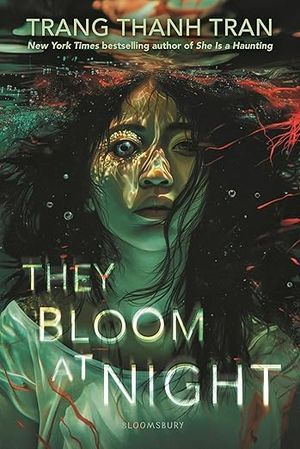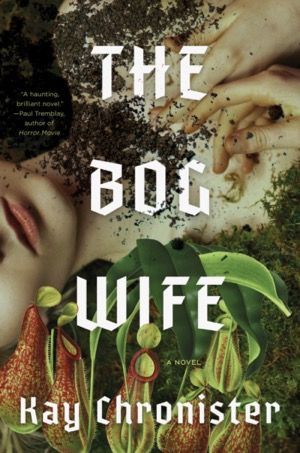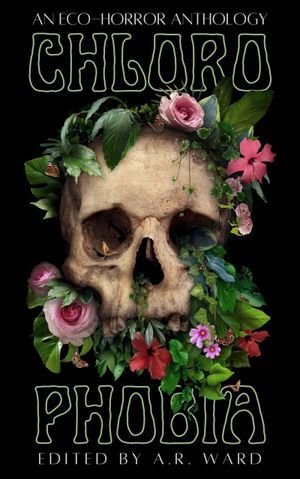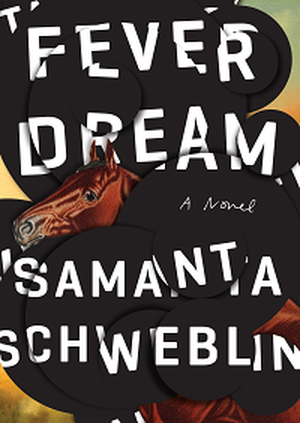Nature is scary. Anyone who has ever been in a dark forest knows it. You know it, because you’ve seen those videos of boats on rough waters with the eerie sea shanty music. The Last of Us zombies are literally based on a real-life parasitic fungi that takes over ants’ bodies from the inside. The biggest crocodile measured of all time was 20 feet long. Nature is powerful, and it is terrifying. It was terrifying before all our chemicals and radioactivity got involved, and sci-fi and horror know that its potential now is to get even scarier. Nature, after all, evolves, and right now it might be evolving specifically to fight back.
Luckily, there’s plenty of good horror that engages with exactly that. A furious mold grows in the walls. Toxins lace a local water source. Bees and trees take their revenge. In some, nature becomes a metaphor for something uniquely human; in others, nature is coming for us deliberately, rising both because of and in vengeance for climate change and all the damage humans have done.
Eighteen stories take on climate catastrophe and the utter breakdown of our environment in this collection. Some use dark humor, others go straight for blood, others dive somewhere into the anxiety and suspense in between. Everything from just touching a fuzzy caterpillar (which I have definitely done, oops) to eating meat (oof) to the bigger, more obvious climate disasters perpetuated by humans as a whole has consequences in this anthology of haunting eco-horror tales.
From the moment she first hears from her newly married cousin, Noemí knows something is wrong. She heads to High Place to find out what, and encounters a crumbling gothic mansion in the mountains, and a patriarchal white family that is menacing in their hoarding of secrets and eugenic beliefs. Mold and mushrooms grow on the walls, creeping up like the racist nonsense that lurks behind the family’s beliefs and past. Noemí and her cousin will be lucky to get out of this one alive.
This dark Korean tale refers yes, to a hole. But also, the English word “hole” transliterates to a Koraen prefix that means “alone.” In this novel, Oghi has been disabled by a tragic car accident that killed his wife. Isolated in a room and dependent on his mother-in-law for care, he obsesses over his wife and his troubled relationship, and looks over her garden, which was her primary and sometimes only refuge. When he notices his mother-in-law furiously working there—and digging—he starts to wonder what secrets she’s hiding, and whether he can escape the eerie conviction that he is in danger.
Nature is absolutely trying to kill you in the Southern Reach novels (it’s a series, but you can read this one on its own as well). Four female explorers are part of the 12th expedition to attempt to explore the menacing Area X, a place that nature has fully reclaimed. Why did previous expeditions go mad? What lurks in this dark swamp of a past, in the lighthouse, in the tower? Mystery, decay, horrible insects, a green that infiltrates you, a mold that can write. It’s full of shudders and Lovecraftian horror, the kind that you feel in the pit of your stomach when confronted by the uncanny.
Tran’s debut, She is a Haunting, featured its own floral shivers, from piles of dead bugs to flowers that seem to hide secrets. In this new YA thriller, Mercy, Louisiana survives a hurricane, but flooded streets and a red algae bloom remain afterwards. As the algae grows, so do the things in the water. Noon and her mom, who is traumatized by loss and obsessed with the water, have to try and find the rumored monster that’s been rising from the water’s depths and taking people down. The book combines some gender identity reckoning and compelling plots around trauma with the eerie sci-fi plot.
For centuries, the Haddesley family has survived one way. The family cares for the cranberry bog behind their house, and sacrifices its aging patriarchs, and in return, the bog gives them a “bog wife” for the eldest son to have children with. Wenna never wanted to go back to the house, which is falling apart, or the bog, that seems to be retreating. But she goes to witness her father’s death, only to be there when, for the first time, the bog doesn’t give a “wife” back, throwing all four siblings into a panic as they try and figure out their family’s secrets, what they mean, and what the four of them are obligated to do next.
The bees are dying. We’re discovering new species in the ocean…and it does not like us. Farm-to-table food goes wrong. Invasive species take over. In 37 short stories, as well as several poems, writers take on eco-horror, writing short, punchy tales of nature’s revenge. And many of the stories are flash fiction, so they’re quick, enjoyable reads, easy to fly through and sample—but as stories of sharp vines, microplastics, and ocean creatures add up, so does the sense of dread.
A woman named Amanda lies dying, and a young boy speaks to her, trying to figure out how they got to this point. As she shares her story in this compact novel, the reader increasingly starts to feel uncomfortable, then anxious, then straight stressed. Schweblin takes real-life terrors and grows them into supernatural suspense in a modern classic about a mother’s desperate love for her child, about pollution and poison, about grief. A social horror, surreal and shivery.
Want more eerie nature-related horror? Check out these eco novels with a feminist bent to them, read our list of ecofiction by authors of color, and explore why horror is so obsessed with mushrooms these days.
